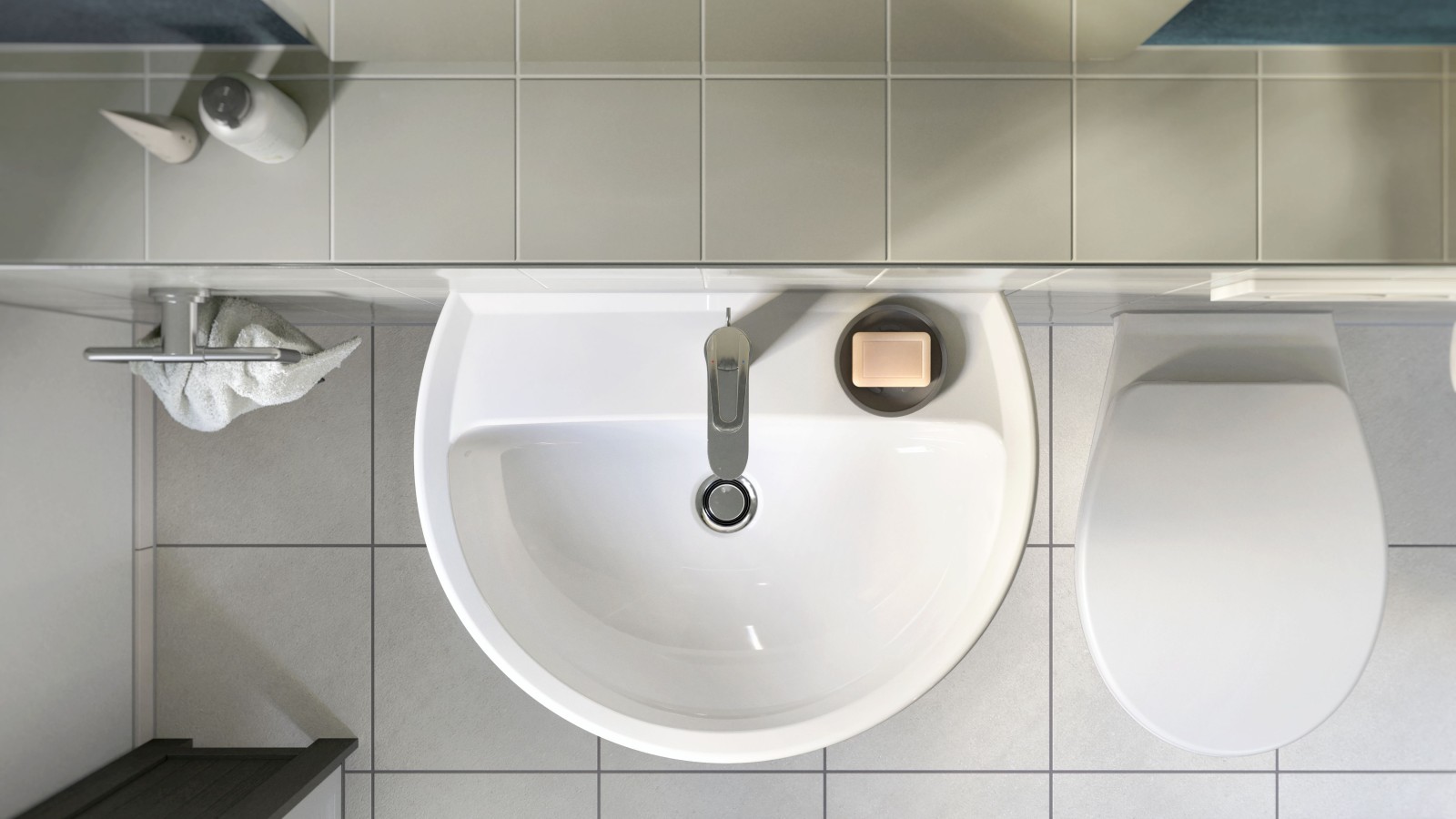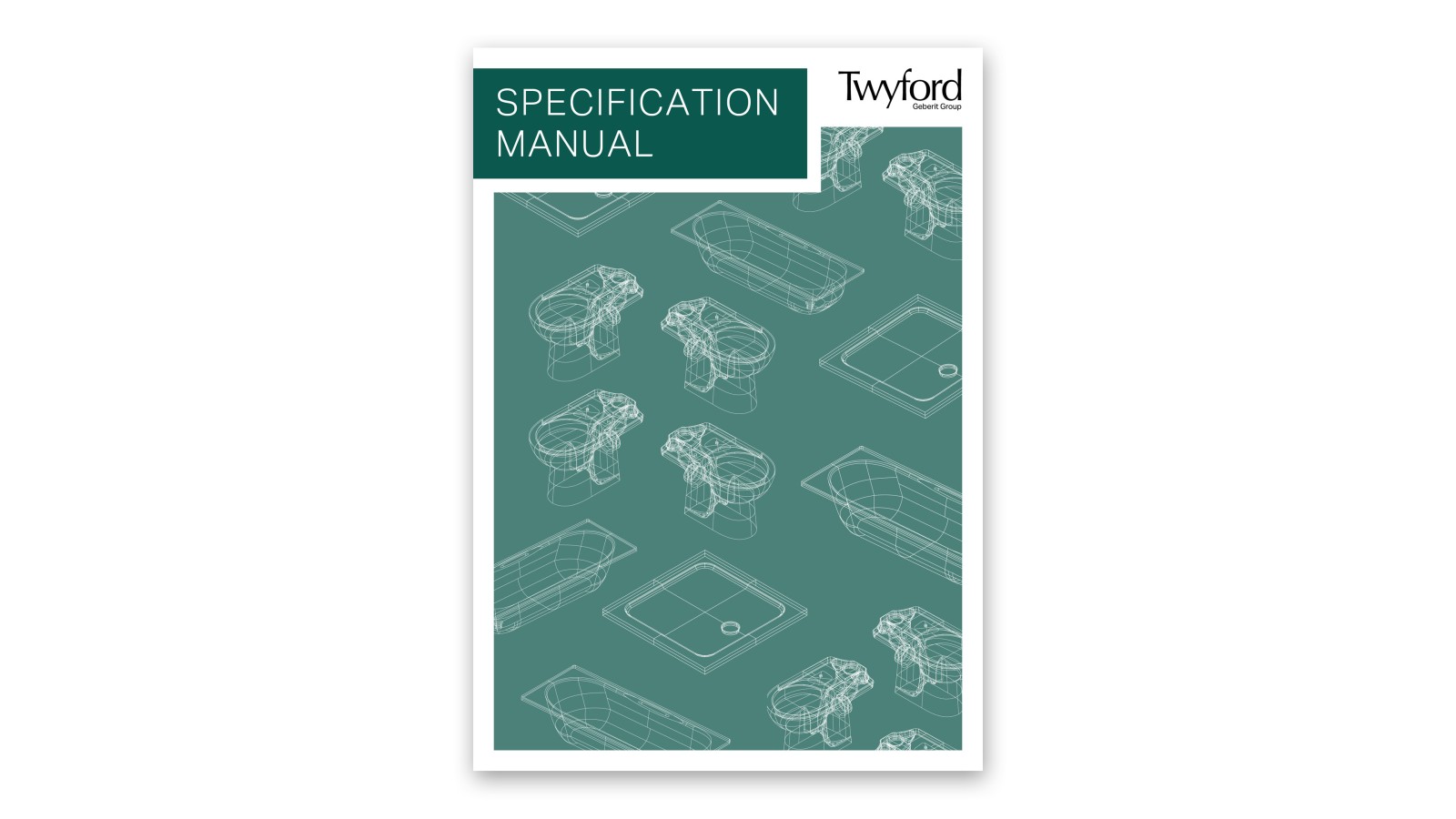
Smart water solutions for sustainable spaces
With the desire to develop sustainable solutions increasing, managing water usage has become more important than ever. Here, Sophie Weston, Head of Marketing at Geberit UK and Twyford, takes a look at some water-saving solutions to consider across public and commercial projects.
For more than 160 years, Twyford has led the way in bathroom innovation, creating products that continually move bathroom design forward. With a range of smart design features and pioneering products available, installers can play a vital role in sharing their know-how and offering advice on the latest sustainable, water-saving solutions. Here are our top tips for reducing water waste in commercial buildings:
- 1. Water saving WCs
A full flush toilet uses, on average, 13 litres of water per flush compared to a dual flush toilet which uses 4-6 litres[1] - making dual flush technology the most effective way to reduce water consumption. Manufacturers are increasingly producing dual flush plates and cistern systems, such as the Twyford Alcona toilet range that features water saving Flushwise® as standard.
However, water-saving cisterns are only the first step. Maintenance and upkeep are essential. The integrity of washers in valves and flat rubber seals can degrade over years of usage so remind your customers to check their WCs for running water in the bowl when the toilet has not been flushed.
- 2. Taps with built-in tech
It’s important to reassure customers that even small changes in the bathroom can have a significant impact on water consumption. For instance, brassware like the Twyford Sola infra-red spout has built-in water-saving technology, allowing the customer to have better control of their water consumption.
Infrared taps are proximity-activated, eliminating the risk of accidentally leaving the water flowing. Taps fitted with this technology will usually halt the water even for the briefest of absences, such as when reaching for the soap.
- 3. Showers and baths that save
To help customers reduce water usage in the shower without compromising on performance, we would recommend a shower fitted with a regulator or aerator. An aerator combines air with water to give the feeling of power while regulators place an upper limit on flow rates.
Despite a shower using less water than a bath, most customers still like the choice. Manufacturers are continuing to develop space-saving tubs with a lower water capacity, providing the perfect option for customers who want to save water while still enjoying the occasional soak.
- 4. Commercial water-saving solutions
Tackling high footfall areas are essential in the bid to reducing water wastage. For commercial washroom projects, specifying the right urinal system can offer real water-saving opportunities. Manufacturers are now incorporating innovations such as different operation modes, with associated low operation and maintenance costs. For example, the Twyford Centaurus urinal is completely waterless, providing a functional and hygiene solution with the added bonus of odour-reducing intelligence and anti-vandal resilience.
Additionally, some urinal systems which use water incorporate a water-saving flush function and proximity flushes, making it ideal for heavy footfall washrooms. Flushing time is decreased when user frequency increases – so, for instance, the pre-set flush time is halved when another user approaches the urinal within one minute after the most recent flushing. Flow rate can also be reduced by changing the duration of the flush.
